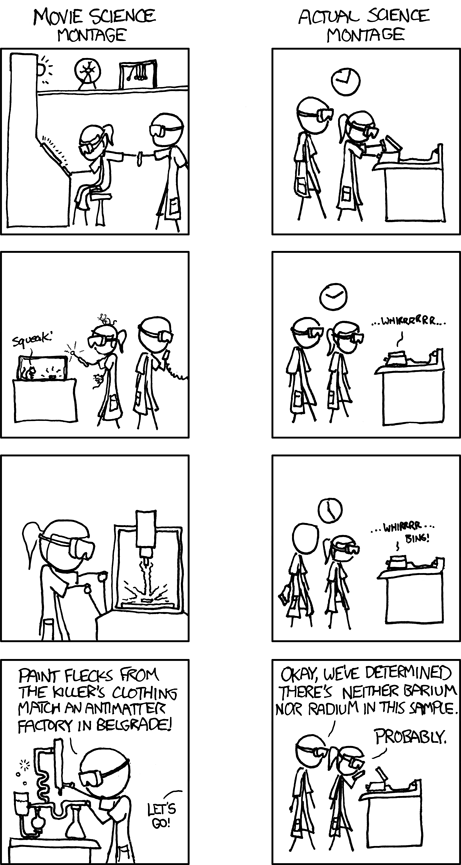As lab equipment goes, that is near chump change today
It
is chump change. Heck, If I could get a decent GC for 12k USD, I'd be the happiest guy on campus that month.
it doesnt sound like a one-pass full spectrum analysis. What I dont really understand is do gas chromatographs report on all gasses in a sample or do they have to specifically look for them one-by-one?
A standard issue GC is a pretty dumb instrument. All it does is to separate the components in a mixture of gases or a mixture of volatile components. You put the sample in on one side, the individual components come out of the other side, one after the other. Some substances behave very differently and are easy to separate, some behave very similarly, and you need an expensive hi-res instrument to even have a chance of separating them. After that, they're detected on a device (often it's a type of device that's called "FID") that basically says "there's something here".
So, you've got a list of how much of "something" that came out at which time. If you have an idea what this "something" might be, you run standard samples and check if the time of the unknown and the time of the standard match. Usually, that's enough, because you have a pretty decent idea of what's in the mix. If you don't have the time for that "something" in your library, you only know that "there's something here".
I am also a little fuzzy on the differences between gas chromatographs and mass spectrometers. Can a mass spec do the same job with gas mixtures?
A mass spectrometer can't work on mixtures. It works on single substances, essentially by smashing the molecules into pieces of varying size and detecting those pieces. Different substances end up in different sized pieces, so you can find out what that substance was. Since the GS just separates but can't really identify, while the MS identifies but can't separate, they're a great team. Hooking up an MS after a GC is a pretty popular setup for analysts.
And just so that it's said: Analytic chemistry is a bit like detective work. You have to know what to look for, or at least have a decent hunch as to what kind of stuff you're looking for. Otherwise, you're in for a pretty big job...




